NC AgVentures Farm Grant Opportunity
NC AgVentures Farm Grant Program is an NC State Extension grant program that provides grants to NC family farms, …


Extension and research at NC State address timely issues impacting our state. Extension delivers trusted information directly into the hands of farmers and agribusinesses, helping them translate knowledge into solutions that grow our economy and communities.
El inglés es el idioma de control de esta página. En la medida en que haya algún conflicto entre la traducción al inglés y la traducción, el inglés prevalece.
Al hacer clic en el enlace de traducción se activa un servicio de traducción gratuito para convertir la página al español. Al igual que con cualquier traducción por Internet, la conversión no es sensible al contexto y puede que no traduzca el texto en su significado original. NC State Extension no garantiza la exactitud del texto traducido. Por favor, tenga en cuenta que algunas aplicaciones y/o servicios pueden no funcionar como se espera cuando se traducen.
Inglês é o idioma de controle desta página. Na medida que haja algum conflito entre o texto original em Inglês e a tradução, o Inglês prevalece.
Ao clicar no link de tradução, um serviço gratuito de tradução será ativado para converter a página para o Português. Como em qualquer tradução pela internet, a conversão não é sensivel ao contexto e pode não ocorrer a tradução para o significado orginal. O serviço de Extensão da Carolina do Norte (NC State Extension) não garante a exatidão do texto traduzido. Por favor, observe que algumas funções ou serviços podem não funcionar como esperado após a tradução.
English is the controlling language of this page. To the extent there is any conflict between the English text and the translation, English controls.
Clicking on the translation link activates a free translation service to convert the page to Spanish. As with any Internet translation, the conversion is not context-sensitive and may not translate the text to its original meaning. NC State Extension does not guarantee the accuracy of the translated text. Please note that some applications and/or services may not function as expected when translated.
Collapse ▲NC AgVentures Farm Grant Program is an NC State Extension grant program that provides grants to NC family farms, …

Two weeks ago Dominic Reisig reported the first detection of the invasive cotton jassid leafhopper (Amrasca biguttula) on cotton …
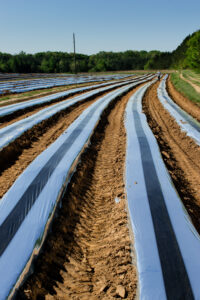
The Walgenbach Lab is excited to post a new web resource for vegetable growers and agents who are facing problems with …

Reports of late blight on tomato around McDowell and Rutherford Counties have been circulating, but not yet confirmed. Regardless, …
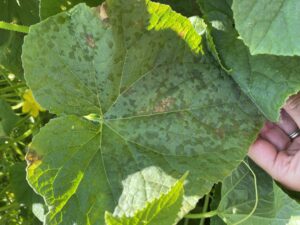
Cucumber downy mildew (CDM) has been confirmed on cucumber plant samples from a research plot at the Mountain Research …
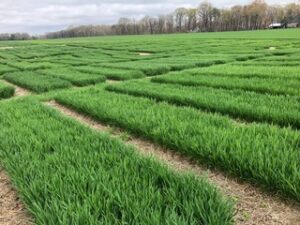
We will be holding a webinar on Thursday, August 7th at 8 a.m. to go over the 2025 NC …
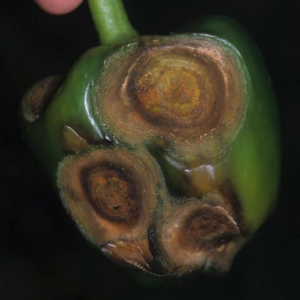
Written by Lina Quesada-Ocampo, Sarah Cochran-Murray, and Inga Meadows Reports of pepper anthracnose outbreaks caused by Colletotrichum scovillei are increasing across …
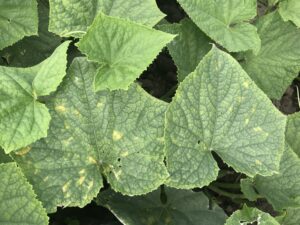
Downy mildew, caused by the oomycete Pseudoperonospora cubensis, has been identified on cucumber crops in Eastern North Carolina as …
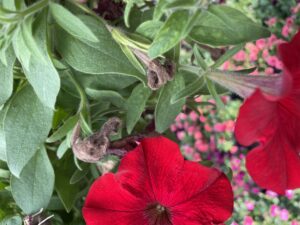
Ornamental Extension Specialists and Area Agents are gauging growers’ interest in an education conference in North Carolina. The conference would …
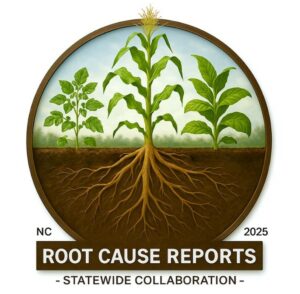
Root Cause Reports Turning Local Problems into Statewide Solutions Beans Gone Wild began as a tool to capture and share real-time …
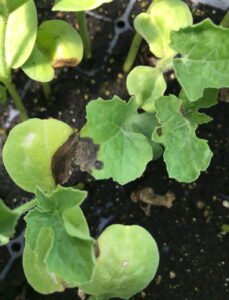
In the past couple of weeks we have seen a few cases of watermelon seedlings infected with gummy stem …

Root-knot nematodes (RKN; Meloidogyne spp.) are microscopic, soilborne roundworms that feed on plant roots. In sweetpotato, they cause galls, …
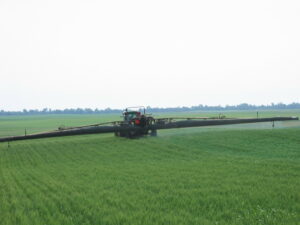
Spring’s here, and with it the need to look out for wheat and barley diseases. Here are two tools …
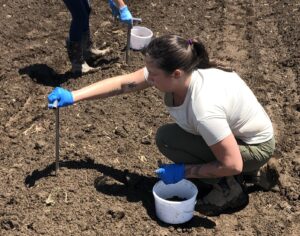
The North Carolina Department of Agriculture and Consumer Services (NCDA & CS) is offering free services for counties affected …

The 2025 Southeastern Vegetable Crop Handbook can be purchased through UNC Press , Amazon, OR in open access format here. Unfortunately, …
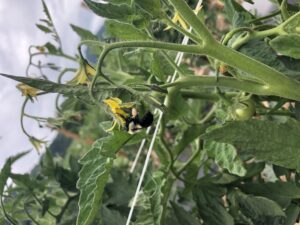
The fungicide spray guides for tomato and pepper are intended for commercial growers and are suggested products or programs …

Fungicide use to manage diseases in ornamental crops is a part of an effective integrated pest management program. Efficacy …
KINSTON, N.C. — Eastern North Carolina farmers and farm families are invited to participate in the NC Farm Succession …
The Chatham County Center of North Carolina Cooperative Extension, in partnership with the Chatham County Beekeepers’ Association (CCBA), is excited to announce that …
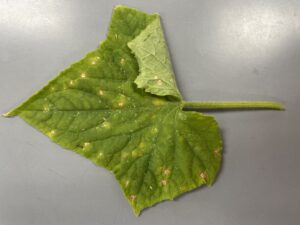
Cucumber downy mildew (CDM) has been confirmed on cucumber plant samples from a research plot at the Mountain Research …
Including sloped screens for solid-liquid manure separation can have positive impacts on manure management systems …
Screw press separators can divide a single by-product stream into a solid and liquid stream …
This factsheet summarizes key technologies used to produce pellets from animal manures and the impact …
Manure is among the lowest methane yielding feedstocks in digesters, but it is widely used …

Grapevines require 16 essential nutrients for normal growth and development (Table 9.1). Carbon, hydrogen, and …
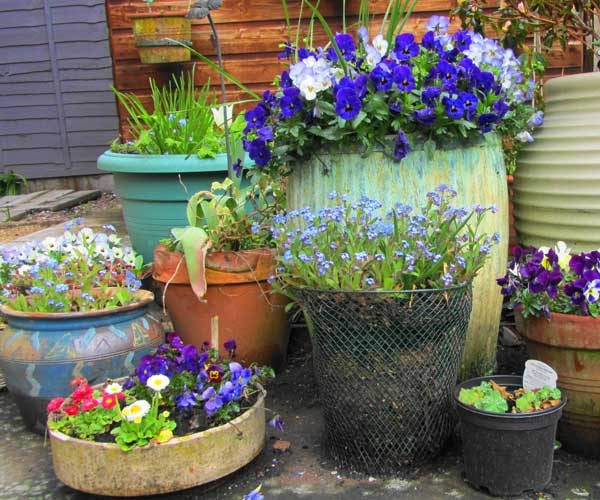
In this publication you will find ideas to get you started growing your own edibles. …
A Farmers’ Market Tour is a great way to introduce your program participants to an …
